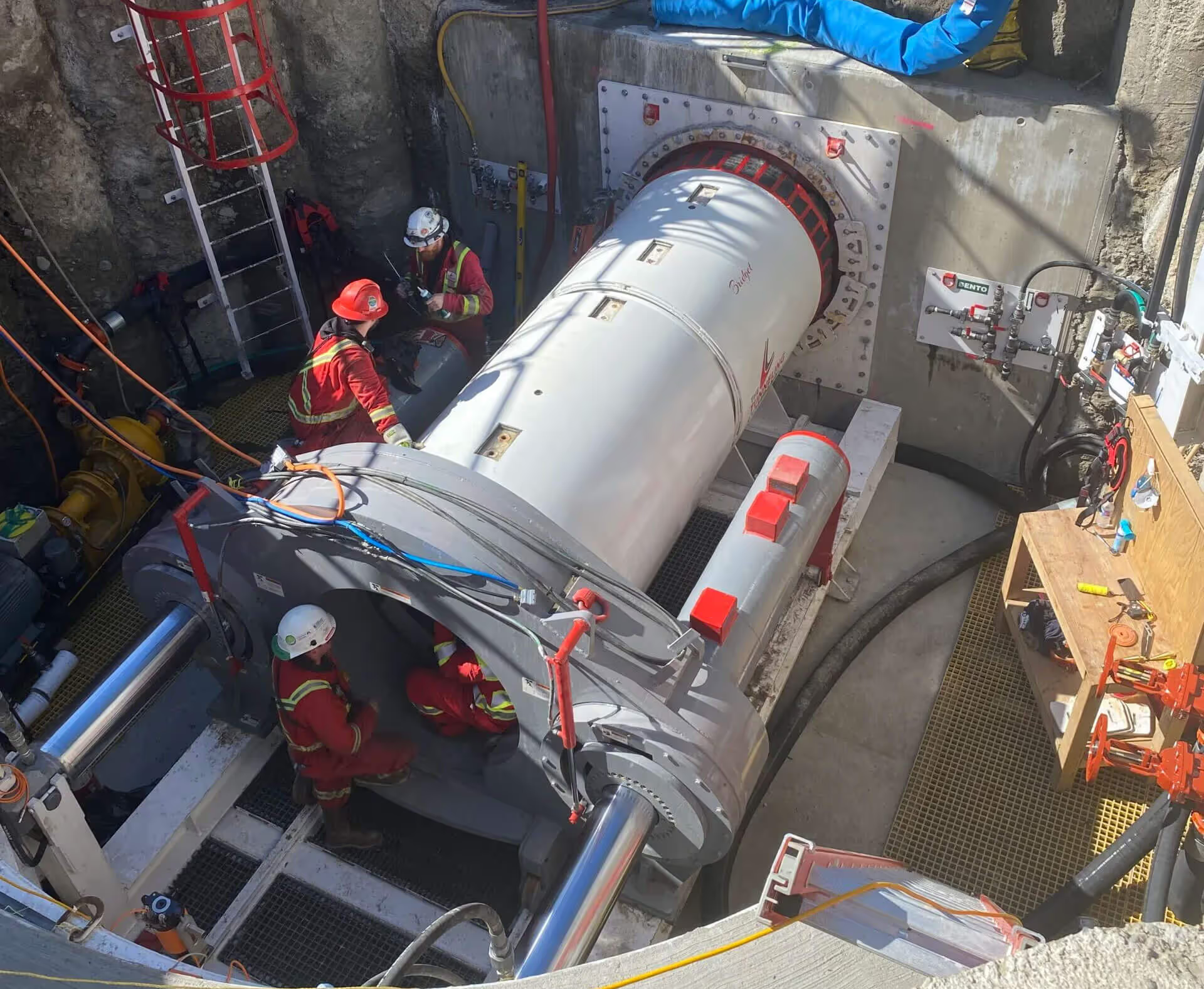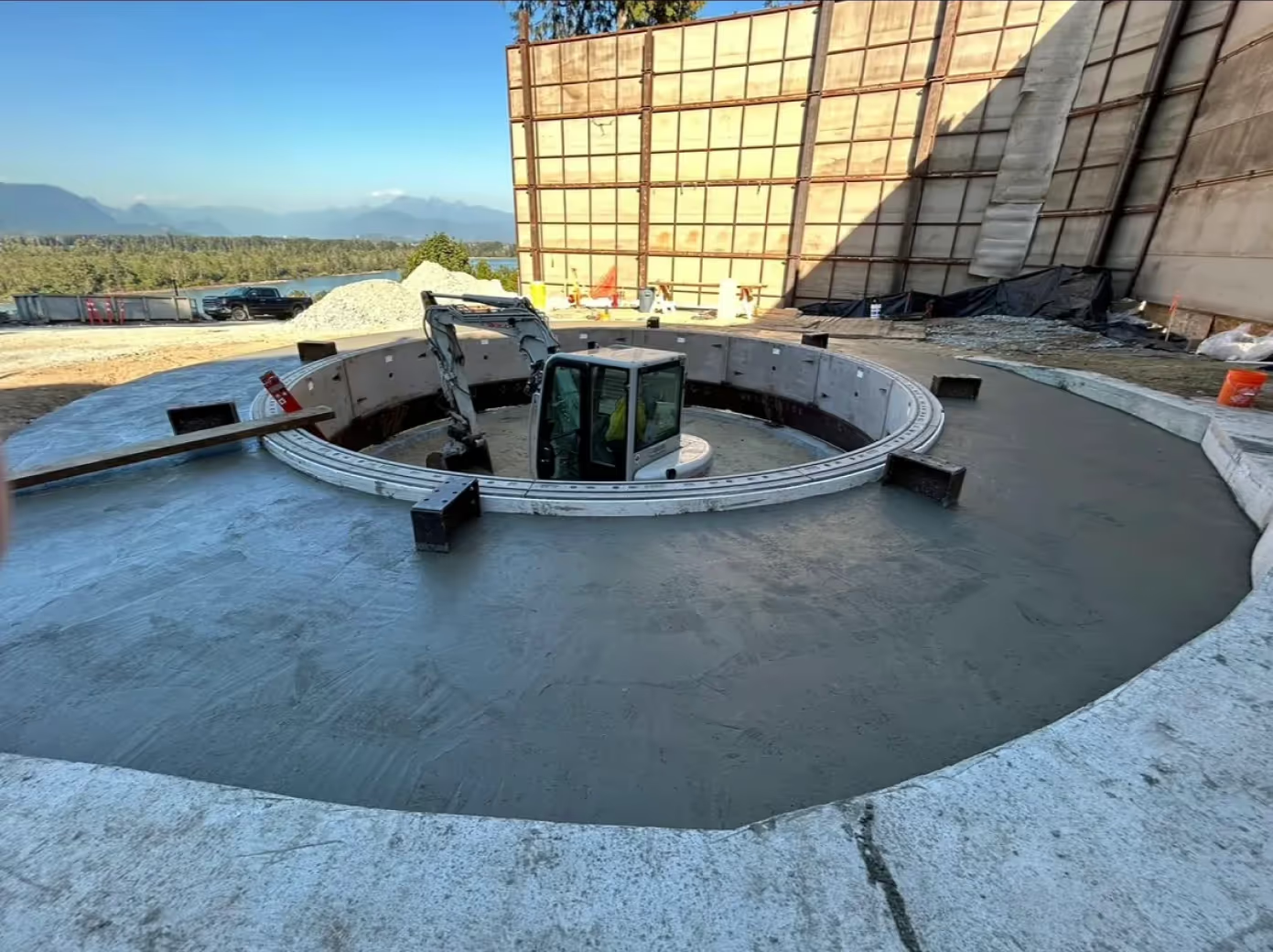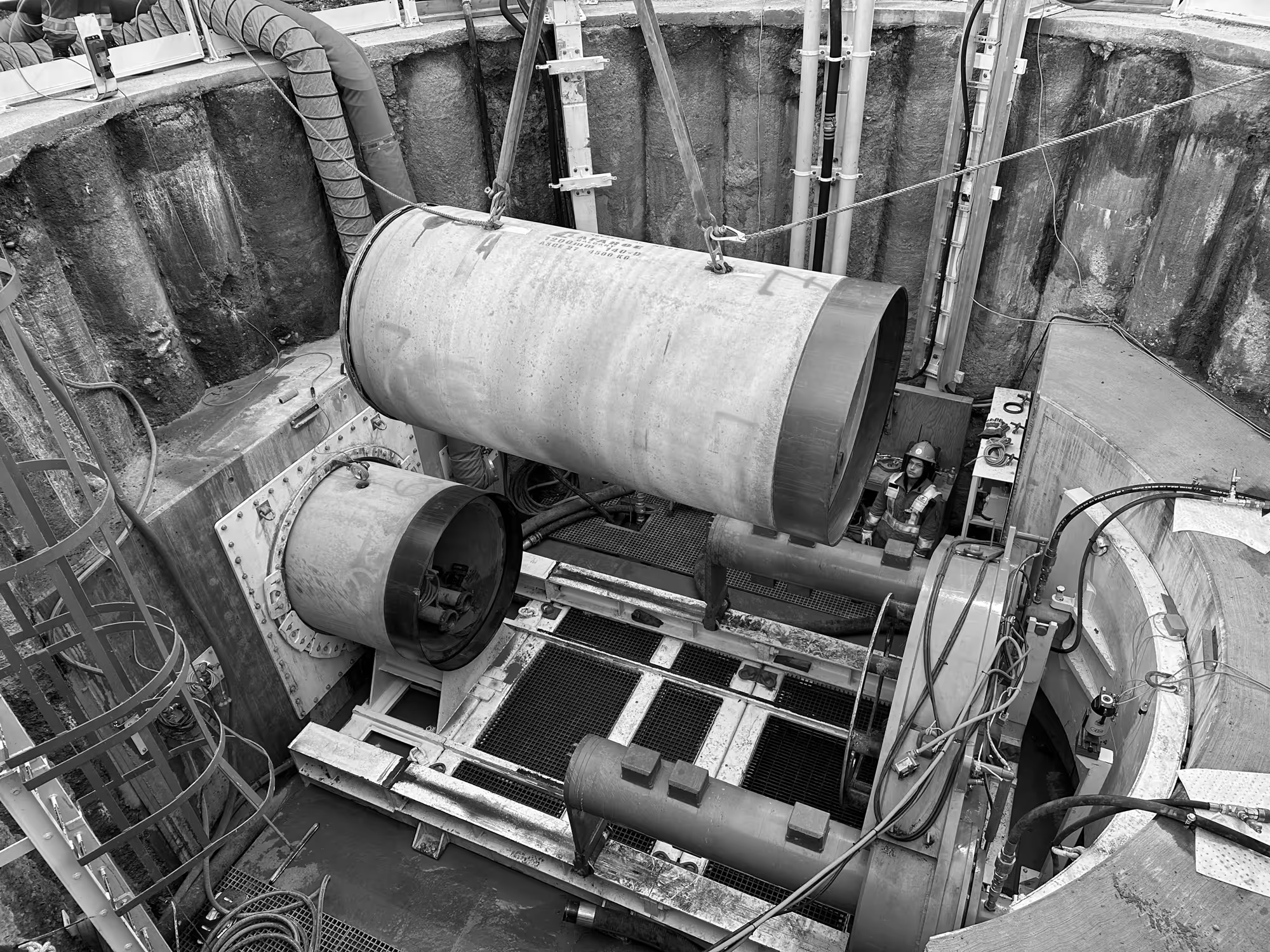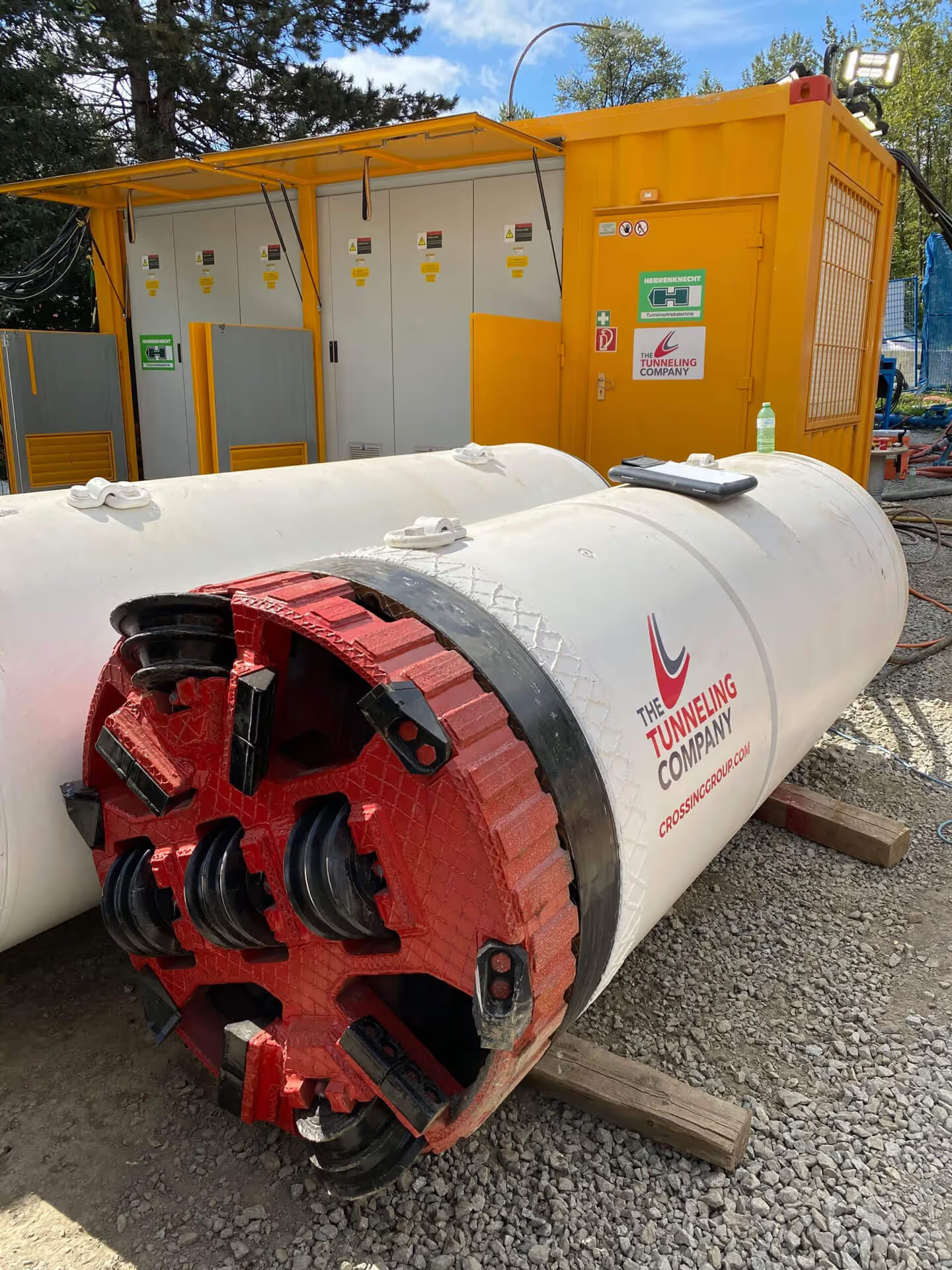Microtunneling

Microtunneling is a highly-accurate trenchless solution, capable of overcoming difficult environmental and sub-surface conditions.
This technology uses specialized machinery to excavate precise underground tunnels in a variety of ground conditions, including silt, clay, incohesive soils, gravel, and rock. It also provides additional environmental and safety benefits, helping organizations meet key sustainability standards.
Our experienced crews provide microtunneling services to clients across North America. We cover all scopes of trenchless work, including shaft construction, and can advise on the best commercial and technical fit for your project.
FEATURED TECHNOLOGY
Microtunnel Boring Machines (MTBMs) use a cutter head and cone crusher to break down rock or soil, then pump the excavated material to an above ground separation system. The separated water is recycled for further use, creating a ‘closed circuit system’ that reduces waste and maximizes efficiency. Meanwhile, a hydraulic jack pushes the MTBM and product pipe forward, advancing the tunnel.
Capabilities
Microtunneling is effective in ground conditions ranging from silt to gravel and rock, with a range of cutter heads available to maximize efficiencies while tunneling. MTBMs are also capable of tunneling through highly permeable areas with high water pressures. This technology allows for alignments with small radii curves by utilizing advanced guidance systems, Intermediate Jacking Stations (IJS), and project-specific pipe design. The ability to apply a radial overcut to the product pipe — and by extension, the ability to pump lubrication into the annulus — helps alleviate friction and reduce pressure. Microtunneling also provides tunnel access in diameters greater than 1200mm ID, making it possible to inspect and remove obstructions.
MICROTUNNELING BORING MACHINES (MTBMS)

MTBMs are close-faced machines with replaceable cutter heads, which can be tailored to the crossing’s specific ground conditions. These machines provide detailed feedback to the remote operator, including horizontal and vertical position, yaw, roll, and projected position — helping them steer with a high degree of accuracy.
.svg)
(4,921 ft)
%203.svg)
(16 in to 165 in)
Advantages
Environment
%201.svg)


Construction
.svg)
.svg)

Community
%201.svg)

.svg)

Shaft Construction
Microtunneling projects often require a shaft to reach the required depth before tunneling begins. These range from launch and reception shafts to large-diameter tank solutions, with the method of installation depending on specific project requirements and geotechnical conditions. When constructing shafts, we can accommodate small site boundaries and rights of way as needed.
.svg)
%203.svg)
(4 ft to 98 ft)
.avif)

With over 40 years of experience, The Tunneling Company is one of North America’s leading providers of fit-to-purpose tunneling solutions.


.svg)
%201%20(1).svg)
%201.svg)
.svg)

.svg)
.svg)










